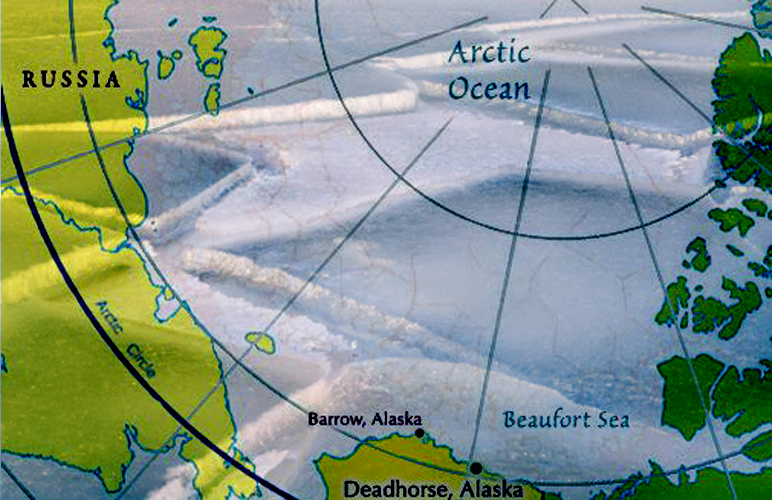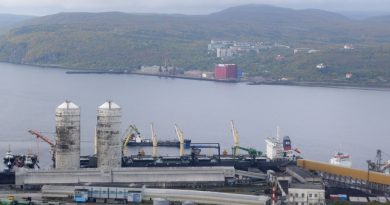Military buildup in Arctic linked to climate change: report
 Is the Arctic being militarized?
Is the Arctic being militarized?
As nations and corporations look north to unlock natural resources in the melting Arctic Ocean, military buildup is accelerating at the pole, too.
Indeed, according to a new report by the Center for Climate and Energy Solutions, militarization has been going on for years — “the starkest example yet of the way climate change directly affects international security.”
The report looks at how focused governments are on their northern borders, where climate change is occurring at twice the global rate. It also examines evolving Arctic policy.
Six main findings are presented in the report:
- Since 2008, Canada, Denmark, Norway, Russia, the United States, the European Union, the Nordic countries and NATO have all made major Arctic policy announcements. So many policy announcements from major players in such a short time frame is highly unusual — not just for the Arctic but for international affairs in general.
- A prevalent theme in nearly all the policy announcements was the need to protect the region’s environment in the face of rapid climate change and increased economic activity.
- In most statements, the states have emphasized their commitment to cooperation and to the principles of international law. As one example, the five coastal Arctic states — Canada, Denmark, Norway, Russia and the United States — agreed in the 2008 Ilulissat Declaration to settle any territorial disputes in the Arctic under the principles of the law of the sea. On the other hand, many of the Arctic states’ actions and statements make it clear that they intend to develop the military capacity to act unilaterally, if necessary, to protect national interests in the region.
- Most of the Arctic states are modernizing their military forces in the Arctic. For example, the United States recently began operating its newest class of fast-attack submarines in the Arctic and the Russians have begun building a new fleet of nuclear-powered submarines for both fast attack and ballistic missile- launching missions. Norway announced plans to purchase 48 F-35 Joint Strike Fighters, and both Norway and Denmark have equipped their navies with Arctic combat capabilities. So if political cooperation in the region sours, most countries will have forces prepared to compete in a hostile environment.
- Non-Arctic states and organizations have also begun to consider Arctic security, too. Of special relevance, NATO has begun to coordinate with its Arctic members on search and rescue. Since Russia views NATO with suspicion, the alliance’s role in the Arctic has the potential to create tensions.
- The principal cause of renewed national interest in the Arctic is the increasing accessibility of Arctic waters. However, interests in the region vary from country to country. As new sea routes open, Canada and Russia see their core interests as maintaining sovereignty in their territorial waters, while the United States puts greater emphasis on freedom of the seas for navigation. Russia, meanwhile, has invested tens of billions of dollars in Arctic oil projects, and its recent statements and actions suggest that it will act to safeguard its oil wealth in the region. The importance of Arctic oil will grow for all nations as oil prices continue to rise and the desire for energy security grows.
Read much more about the report — and whether the Arctic Council should lift its ban on discussing military issues — at the Center for Climate and Energy Solutions.
For more stories from Alaska Dispatch, click here



